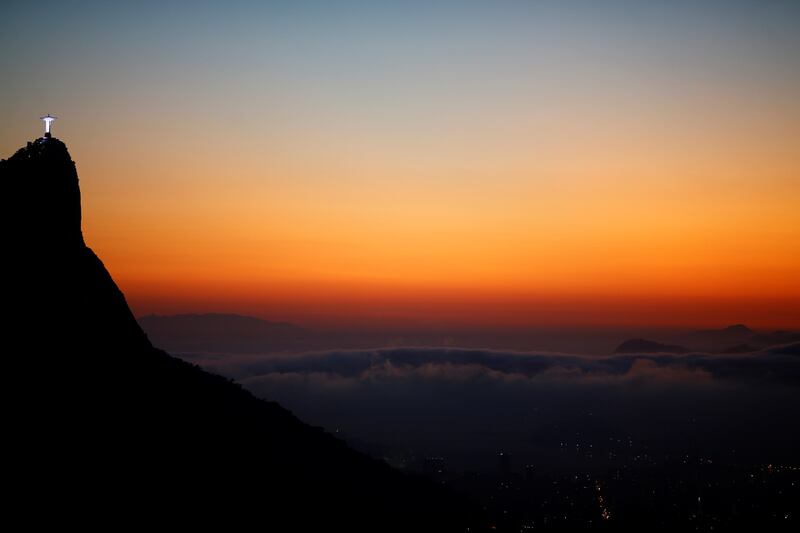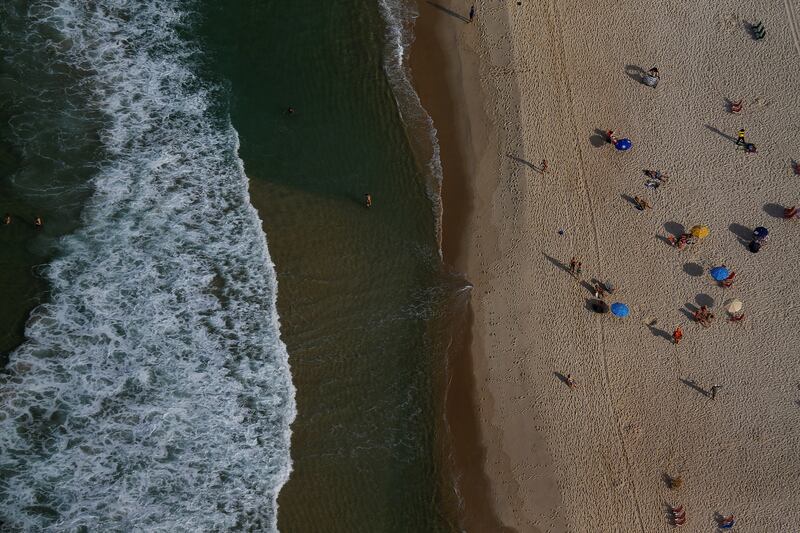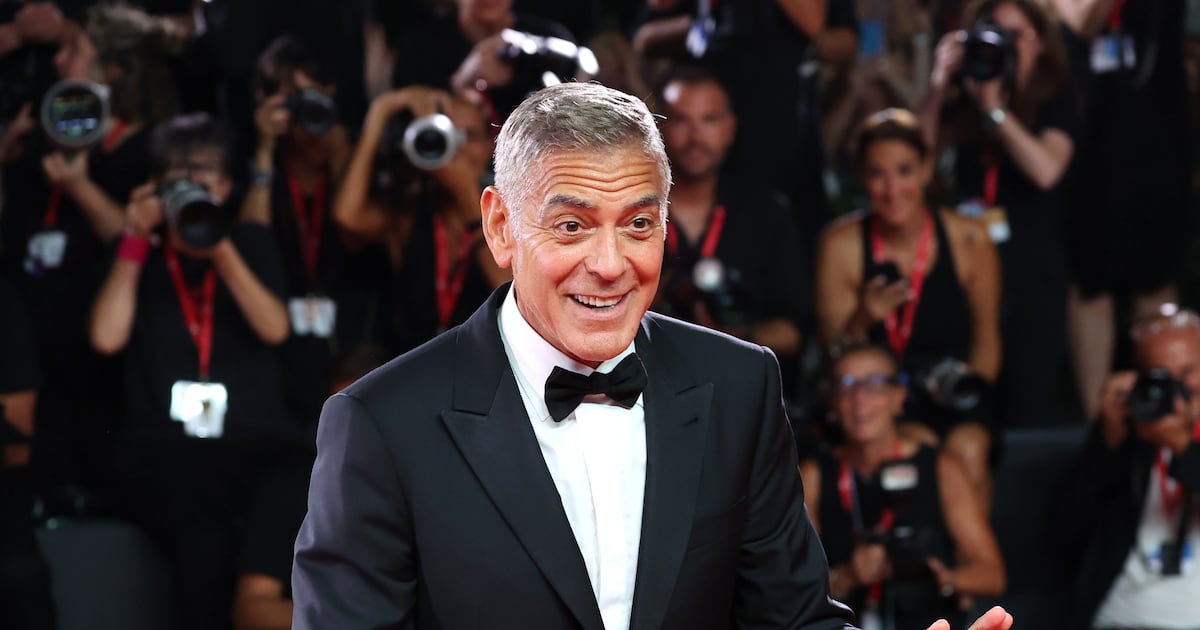In 2009, at the IOC congress in Copenhagen, Rio de Janeiro, unusually, chose the nation’s central-bank president, Henrique Meirelles, rather than a former Olympian or leading politician, to give the keynote address to the committee, due later in the day to vote on the hosting rights for the 2016 games. Meirelles, aware that many of the IOC were concerned as to whether Brazil was ready to host and pay for a games, was able to argue that the country was enjoying its most sustained period of high growth, high employment and low inflation, while the recent discovery of vast reserves of oil would cushion any slowdown in the economy. Suitably mollified, and driven above all by the widely held notion that it was, in an era of economic transformation in the global south, time to award the games to South America, the IOC voted, ahead of Chicago, Madrid, and Tokyo, to give the games to Rio.
Just seven years later, the IOC, the global financial community, and the Brazilians themselves were wondering what any of them had been thinking. The Brazilian economy has proved remarkably fragile. Despite weathering the initial storm of the 2008 world financial crisis, the subsequent global slowdown and the collapse of commodity prices have seen the country enter its steepest and longest recession, the value of the currency has halved on international markets and income from oil has collapsed; and all at a time when the always utterly fictive bid budget was turning into a final bill approaching $20 billion.
The IOC’s concerns were made considerably worse by the events of June 2013. While hosting the Confederations Cup—an extended warm-up and dress rehearsal for the football World Cup that was to come the following year—small-scale protests over public transport fare rises in the major cities met with horrifying levels of police violence, snowballed, and then mutated into a massive outpouring of citizen protest over the lamentable state of Brazil’s infrastructure, schools, and health care, and the appalling waste and corruption that characterized Brazilian public life, exemplified by the preparations for both the World Cup and the Olympic Games.
ADVERTISEMENT
Political concessions and promises of health and education spending from President Dilma Rousseff (never delivered on), and the imposition, in effect, of a militarized state of emergency at the World Cup, ensured there was, beyond a tiny activist core, no repeat of these protests in 2014. The IOC, reasonably enough, was rattled, and, in April 2014, after taking an unusually detailed look at what was actually happening on the ground, declared Rio’s preparations “worse than Athens,” which, of course, made them “the worst ever.”

The economic crisis aside, this was a depressingly predictable turn of events. Had the IOC taken a look at what had happened at the Pan American Games, staged in Rio in 2007, rather than listening to the economic illiteracy of its central bank, or swooning over the usual tourist-brochure photography of the city, they might have thought otherwise. Those games came in at over six times their original budget. All of the socially minded environmental and transport plans meant to accompany the games were scrapped and none of the new venues had any kind of public use or access after the games. In any case, they were overwhelmingly concentrated, along with the athletes’ village, in the new upscale suburb of Barra da Tijuca. The village, intended as a real-estate bonanza, was built so badly that it proved a financial and housing catastrophe: unfinished, in places unlivable, and very unsellable. Most telling of all, while the Brazilian authorities sealed off the event in the usual hermetic bubble of police lines and cameras, other wings of the security services fought a fierce month-long battle with the drug gangs of the Complexo do Alemão, a hilltop favela just a few miles from the games, that left over forty dead and an entire neighborhood confined to their houses.
Rio’s preparations for the Olympics have been conducted in a similar vein. Barra da Tijuca is again the main zone of development, with a second run at an Olympic village bonanza. Simultaneously, the city police have attempted, by force of arms, to pacify the favelas and poor suburbs where the writ has not run. At considerable human and financial cost, drug gangs and organized criminals have been displaced or marginalized from some neighborhoods, and there have been tiny pockets of infrastructure spending, but, for the most part, the violence and viciousness of the police make their rule little different from that of their foes, perhaps even worse.
The one key difference between 2007 and 2016 is that, this time around, at least some of the guilty parties are being brought to justice, for the world of Brazilian sport became engulfed in the Petrobras scandal that was cutting a swathe through the nation’s elites. Initiating it in late 2014 as Operation Car Wash, federal police used the testimony of a whistleblowing senior executive from the state-owned oil leviathan, Petrobras, to lead to a vast network of bribery, money laundering, and embezzlement in the allocation of Petrobras contracts and, indeed, public-sector work of all kinds. Over the next eighteen months, as the case came together, accusations of corruption were leveled and pursued against over one hundred leading politicians (particularly in the ruling Workers’ Party), Petrobras executives, and some of the richest and most powerful businessmen in the country.
Brazil’s sports administrators, initially in parallel, were in almost as much trouble. In May 2015, the U.S. attorney general and the Swiss government announced they were conducting an extensive investigation into corruption in global football, and together they arrested fourteen football and media executives, many of them at FIFA’s favorite hotel in Zurich. The FBI was primarily concerned with kickbacks earned in the USA, or paid via U.S. banks, from the sale of media rights by officials of CONCACAF (the Confederation of North, Central American, and Caribbean Football) and CONMEBOL (the South American Football Confederation), many of whom also had executive positions at FIFA. The Swiss were investigating the voting on the hosting of the 2018 and 2022 World Cups, as well as other dubious transactions involving FIFA officials. Together, these two investigations, still ongoing, have revealed what has long been transparent to all but the most blinkered: that the upper reaches of the world of football governance were systematically corrupt, selling TV rights and hosting rights for substantial kickbacks.

Brazilians, inevitably, featured heavily on the list of those resigning before they were deposed (FIFA honorary life president, João Havelange, ex-head of Brazilian football, and FIFA vice-president Ricardo Teixeira), and those arrested, charged, and extradited to the United States—most notably, José Maria Marin, the man who organized Brazil’s 2014 World Cup. Brazil’s own corruption investigators charged the leader of the nation’s volleyball federation with wide-ranging illegalities in 2015, while Carlos Nuzman, the man who had previously run Brazilian volleyball before moving on to be head of both the Rio 2016 organizing committee and the Brazilian national Olympic committee, was accused of the most serious malpractice during his campaign to hold onto the presidency of the BOC. It is an extraordinary coincidence that, in 2011, the only person who had ever challenged him for the post—Eric Maleson, president of the country’s Lilliputian winter-sports federation—should, on the eve of the election, be charged with fraud, disqualified from the competition on minor procedural grounds, and have his offices raided by his opponent’s factotums.
In early 2016, the investigations surrounding Petrobras took on an Olympic dimension. Luís Adams, the attorney general, announced that he was examining the relationships between Eduardo Cunha, then speaker of the lower house of parliament, and the Olympic work undertaken by the nation’s biggest construction companies—in particular, the $475,000 he had received from the company, OAS, which had won the contract to build Rio’s BMX, canoeing, and mountain-bike venues, as well as much of the work on its rapid bus lanes. Given that the chief executives of four of the five companies that won the overwhelming majority of Olympic contracts were, at this point, languishing in jail, awaiting trial, or were already imprisoned on similar corruption charges, there will no doubt be more of this to come. Hundreds of thousands of Brazilians took to the streets, calling for President Dilma’s impeachment, a request the opposition in the Brazilian Congress actively pursued.
In May 2016 the lower house, half of whose members face criminal charges of one kind or another, voted to impeach Dilma, an act embellished by Rio politician and former army parachutist Jair Bolsonaro, who compared the moment to the military coup of 1964 and as Perry Anderson notes, “dedicated his ballot to Colonel Carlos Brilhante Ustra, torturer-in-chief of the dictatorship that followed.” The vote was confirmed by the equally compromised Senate, which elevated Vice-President Michel Temer to the presidency. With the federal government, whatever its complexion, consumed by its own problems, and the organizing committee, led by Nuzman, barely able to deal with the operational budget, let alone the construction program, the Rio games have increasingly became the project of Mayor Eduardo Paes and his presidential ambitions. Here, at least, the Rio games have acquired a modicum of focus and organizational competence. The perilous state of the Brazilian economy has forced sharp cutbacks in the staging and organizational budget of the games, the scale of VIP dining has taken a hit and volunteers are now being asked to pay for accommodation. Nonetheless, the venues in the Olympic park, the facilities in the Olympic village, and the many temporary constructions in the Deodoro zone are finished or on plausible schedules. The once immense transportation plans have been scaled back to two key projects: the rapid-transit bus routes, and the metro extension to the Olympic park. Even by Brazilian standards, the metro is looking very last minute, and will probably require an astronomical injection of federal money to be done on time. The BRT will be finished, though at considerable cost, and with many forced removals of families whose homes used to hug the old auto routes. But this is really beside the point, for the problem is that such vast resources have been poured into the transport needs of Barra da Tijuca, while the huge swathes of people in the Zona Norte, the people most dependent on public transport, enduring long and expensive bus rides to work in the city center, have once again been neglected.
Perhaps it is better to be neglected by the Brazilian state? Some of the 600 families who used to live in Vila Autódromo might think so. A stable and relatively prosperous favela, fabulously positioned for access to the rest of the city, it is an informal settlement, started in 1967 by fishermen and construction workers near Jacarepagua Lagoon, where an old racing track once stood, and where plans for the Olympic park required their removal. Despite considerable resistance to the government entreaties to move, by early 2015, only forty families remained, driven by a combination of stubborn resistance and a nerve that allowed some of them, just for once, to actually get the market or above the market rate for their properties, rather than the usual dismal or token payments that developers hand out. As late as April 2015, the last hold-outs were protesting their case, blocking the morning rush-hour traffic, creating three-hour tailbacks into the city.
Focused as the mayor might be, and notorious as Brazil is for coming up with the goods at the very last minute, there is one Olympic deadline that has already been abandoned. The bid’s excessive and frankly disingenuous plans to completely refit Rio’s notoriously awful sewage and water systems, as well as to clean all of the city’s polluted watercourses, beaches, and bays, will not happen. A grim, if expected, outcome for Rio’s poor, who continue to live with the most minimal of sanitary arrangements, and a potentially disastrous decision for the games themselves. The IOC, the world’s sailing authorities and the Brazilian organizers continue to insist that, on standard bacterial measures, the waters of Guanabara Bay (sailing), the Rodrigo de Freitas Lagoon (rowing and canoeing) and Copacabana beach (triathlon) are within acceptable limits and perfectly safe for competitors. This, despite the fact that 50 percent of the sewage reaching these areas is completely untreated. Whatever the monitoring equipment says, sailors in these Olympic waters have recently encountered “mattresses, cars, washing machines, tables, televisions, couches, and chairs as well as dead dogs, horses, and cats.” The Brazilian Olympian Lars Grael reported finding four human corpses over the last couple of years of sailing on the bay, while a colleague, Thomas Low-Beer, lost a championship race after sailing straight into a sofa. Research commissioned by the Associated Press, measuring virus levels in the water, found concentrations of sewage-related pathogens 1.7 million times higher than the safe permissible level used in southern California, and not just near the shore, but deep out to sea. Reports from the Croatian and Austrian sailing camps held in the bay in summer 2015 described outbreaks of serious gastroenterological illness. Some athletes are proposing to come early and sail often in the hope that, like much of Rio’s population, they will eventually acquire some immunity. Others are hoping that antibiotic mouthwash might do the trick. Rio’s government was still claiming that a last-minute sewage-pipe program was going to make all the difference; meantime, it invested in the preposterously named eco-boats and barriers, which are actually tugs that fish out shopping carts and carrion, and mobile buoys and booms that will try to keep the filth and the foam from the TV cameras.
By contrast, progress on the Porto Maravilha has been rather more advanced. Considered in all promotional literature to be a central Olympic project, this huge redevelopment of the city’s historic dock district is actually only home to the media village and a small technical-operations center. Not much, but enough for the program to acquire the urgency of Olympic projects and a gigantic public–private partnership, in which the city government has handed over the planning and governance of the city’s largest ever development to a consortium of three private construction companies (all, needless to say, embroiled in the Petrobras scandal). Its centerpiece is the extraordinary Museu do Amanhã (Museum of Tomorrow). Designed by Santiago Calatrava and described as an “other-worldly edifice that looks like a cross between a solar-powered dinosaur and a giant air-conditioning unit,” it is dedicated to issues of sustainability, climate change, energy use, and urban living, and encourages its visitors to contemplate the complex choices involved in securing a sustainable future.
It is hard to imagine that staging the Olympic Games for $20 billion is part of the solution. One wonders whether the museum will also ask its visitors to think about what the cost of security will be in a sustainable future. The demonstrations that engulfed the Confederations Cup in 2013 were triggered by brutal police responses to protests over bus-fare rises in São Paolo. This time around, the authorities have put their prices up in January rather than June, and the protest that followed in São Paolo, 3,000 strong, was met by tear gas, stun grenades, and water cannon. They have yet to resume. It seems unlikely that the nation, now utterly exhausted by the struggle for the presidency and the impeachment of Dilma, will return to the streets for the games. Yet Rio looks set to spend somewhere around $2 billion on security, deploying 85,000 personnel—more even than Sochi—for just seventeen days of urban peace. This, in the country of the future, is the Olympics of tomorrow.
Excerpt from The Games: A Global History of the Olympics by David Goldblatt. Copyright © 2016 by Tobaccoathletic Limited. With permission of the publisher, W. W. Norton & Company, Inc. All rights reserved.



